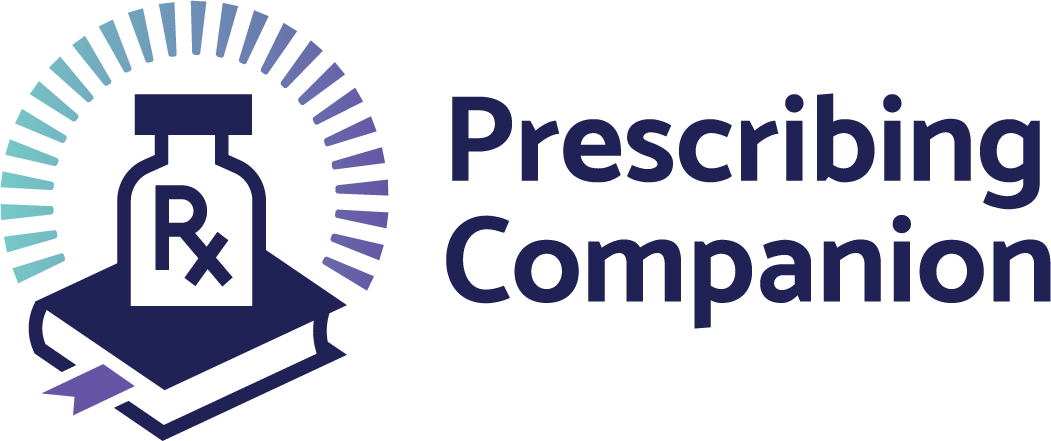Typhoid Fever (Enteric Fever)
exp date isn't null, but text field is
Bacterial infection characterised by fever and abdominal symptoms. It is spread through contaminated food and water.
Causes
- Salmonella typhi and S. paratyphi A & B
Clinical features
- Gradual onset of chills and malaise, headache, anorexia, epistaxis, backache, and constipation
- Usually occurring 10-15 days after infection
- Abdominal pain and tenderness are prominent features
- High fever > 38°C
- Delirium and stupor in advanced stages
- Tender splenomegaly, relative bradycardia, cough
- Complications may include perforation of the gut with peritonitis, gastrointestinal hemorrhage
Differential diagnosis
- Severe malaria, other severe febrile illnesses
Investigations
- Blood culture (most reliable)
- Stool culture
- Rapid antibody test (e.g. Tubex, Typhidot) – not very sensitive or specific, possibly useful in epidemics
Widal’s agglutination reaction is neither sensitive nor specific for typhoid diagnosis: a single positive screening does not indicate presence of infection
Management
| Treatment | LOC |
|
Do culture and sensitivity to confirm right treatment
Other antibiotics
In severe, resistant forms or pregnancy
Alternative in pregnancy
Chronic carriers (treat for 4-6 weeks)
|
HC3
HC3
HC4 |
Prevention
- Early detection, isolation, treatment, and reporting
- Proper faecal disposal
- Use of safe clean water for drinking
- Personal hygiene especially hand washing
- Good food hygiene
